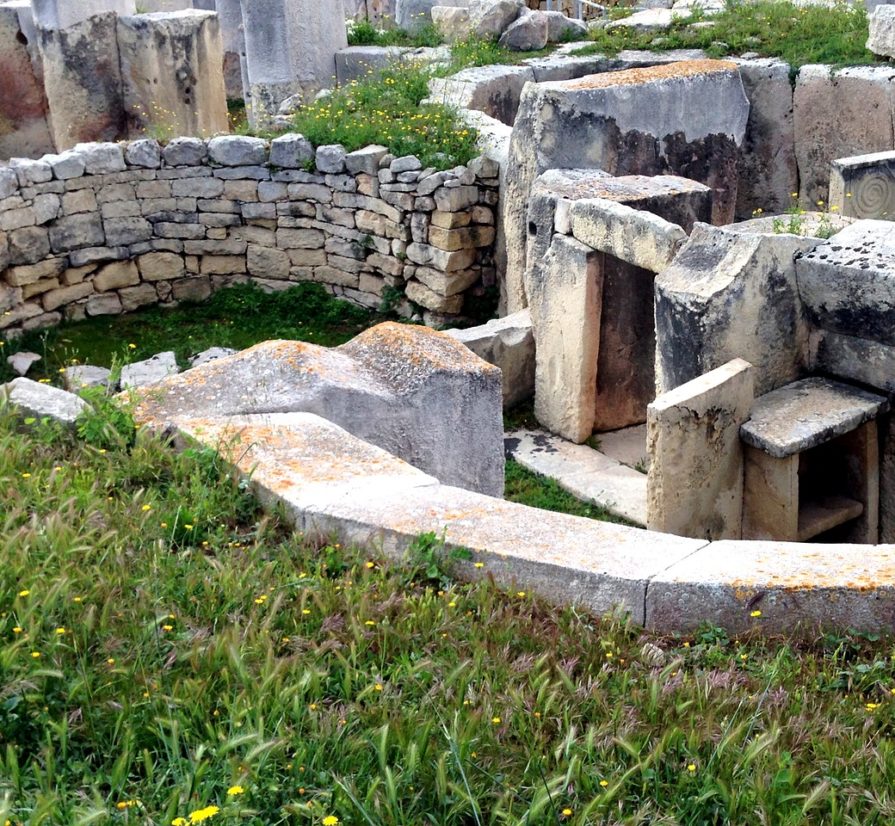
As I study modern plumbing, I’m drawn to the history of humans and evolution of waste disposal. It wasn’t until the 1300s, in the hay day of the black plague, that people finally started to realize they should not cross contaminate drinking water with sewage. Yep, it took that long. And, even then, people were more likely to believe that bad air, not bad water, was a valid cause of death.
Ancient Civilizations
Plumbing dates as far back as 2800 BCE and can be found in areas of Greece, Rome, Babylon, China and Egypt. Some sewer systems and pipes are still in use to this day! These stone and lead pipes, sewers and toilets have lasted thousands of years and can be found in the ruins of these modern cities. Public toilets were quite popular in ancient civilizations. They served as a place to do business on more than one level. Business associates would meet and discuss, friends would recap their day and politicians would cohort with their constituency. These public, ancient toilet systems were advanced and led waste away and into the river. However, that river water would also be used for drinking.
Outhouses
These separate structures were kept close to buildings for safety, but they were far enough away to decrease the chance a breeze might waft the smell your way. Outhouses are easy to construct and not a great deal of science is involved. First, dig a hole. Then, build a construct around the hole for privacy and protection from the elements. When the outhouse got full, people would dig a new pit and cover the old pit with the dirt excavated from the new pit. The holes were dug at least six feet deep to prevent bugs and parasites from crawling up and attacking you! Outhouses were quite popular until the 1900s when modern indoor plumbing became more popular, accessible and affordable. Most outhouses had two holes: one for adults and the other for children. Ever wonder why many outhouses had the moon cut out? Well, outhouses predate electricity, and the moon cut out let in just enough light to prevent you from falling in the six foot hole of sewage without compromising your privacy.
Chamber pots/Cesspits
Cesspits were rooms in your home or very close to it where waste would be “stored” and collected by a city service on a weekly basis. These lucky individuals who came to clean these rooms of filth were termed “men of the night soil.” One poor soul lost his life by drowning in a cesspit. While cesspits sound disgusting, chamber pots were not much of an improvement. This alternative to waste disposal led to rapid spread of disease. Chamber pots were usually copper (for the poor) or silver (for the rich). The very poor “didn’t even have a pot to piss in,” and they would defecate directly into the street. The rich would adorn their chamber pots with jewels and gems. They even created a seat for women to sit upon that had a pot attached. The chambermaid was responsible for emptying these pots and washing them for reuse. How would these pots be emptied? Waste would be thrown out of the window and into the street. The streets became so full of garbage, sewage and waste, laws were passed that made dumping into the streets during daylight hours illegal. Street cleaning was not a consistent service until the 1900s. Before then, dumping laws were a feeble attempt to fix a major problem.
If you find the evolution of human waste disposal gross, remember people did not wash their hands either! Not only has it become more comfortable to void our systems, it has also become much safer over time. So let’s all appreciate our modern plumbing systems!

